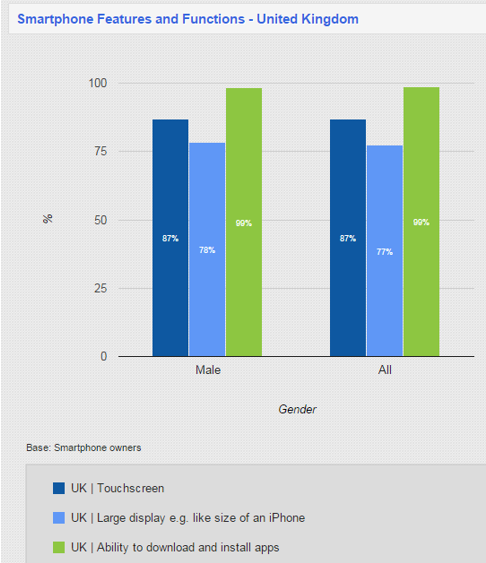Whether you are expanding a current campaign from national to international or kicking-off a brand new project abroad, there is much to consider prior to communicating effectively outside the United States. While it’s true that the world is flatter than ever, this doesn’t mean that a cookie cutter campaign will be effective worldwide.
From the simple to the complex, below are some of the most important areas to consider when communicating or advocating abroad.
Technology
Don’t take for granted that your international target audience uses the same online platforms as we do here in the United States. In fact, in many emerging and developing nations internet adoption itself can vary widely.

It may have already been decided that you need to use social media as part of your campaign. However that doesn’t necessarily make things easier.
 This map doesn’t even come close to telling the whole story. One might look at this chart and determine that Facebook is the best place to roll out a campaign in Japan, but further research needs to be done.
This map doesn’t even come close to telling the whole story. One might look at this chart and determine that Facebook is the best place to roll out a campaign in Japan, but further research needs to be done.

Another important factor is mobile-usage and mobile capability. While mobile adoption has skyrocketed in countries such as Turkey and Brazil with over 80% of adults now owning a cell phone, less than 20% of adults in those two countries have a smart phone. Creating an app as part of your campaign might seem like a good idea in Brazil or Turkey but would actually be a poor strategy.
On the other hand, it might work in the United Kingdom, according to the chart below.

Culture
Just as technology adoption can vary greatly from country to country, so can language, religion and cultural meanings. In fact, these can differ significantly among cities and regions within the same country.
Customs, idioms, mores, local holidays, and regional languages, dialects, and spelling will all come into play when communicating abroad. Remember that humor doesn’t always translate – it’s probably one of the more difficult nuances to tackle.
Last September, we helped Eli Lilly and Company talk about a serious issue – illicit online pharmacies – on their public policy blog, LillyPad, by leveraging Talk Like a Pirate Day. The simple infographic ended up being the most successful post on LillyPad for all of 2013. However, the concept of pirates does not resonate in the same way in certain countries. We knew that despite its success in North America, if we wanted to talk about illicit online pharmacies in certain African or Asian countries, it would require a new strategy.

Political Climate
Just as important as cultural awareness and appropriateness is being cognizant of the political climate and news cycle of other countries and regions. In the UK, for example, the Brexit is dominating discussion and driving the current media coverage. Looking ahead, Canada has two major election days in April (the 4th and the 19th), Rio will host the Olympics in August and in the US, November will be occupied by the presidential election.
Legal Compliance
It can be easy to forget that marketing, communication, and advocacy in the United States is guided by a wide range of regulations and laws. This holds true in other countries as well. Be sure that these legal regulations have been thoroughly reviewed before launching your campaign.
This is particularly true of privacy issues which will have an impact on almost all types of campaign tools and tactics – everything from CRM to advertising to the handling of personal data.
Strategies for Success
Finally, don’t forget the simple things such as currency exchanges, use of colors and symbols, and time changes!
If you or your organization is starting an international campaign for the first time, collaborate with people who have had experience and success in your target markets.
The best check-list is still no substitute for visiting where you’ll be communicating. We highly recommend, if possible, booking a trip to experience this new place yourself.
Now, we put it to you: What are other tips for success when advocating and communicating internationally for the first time?